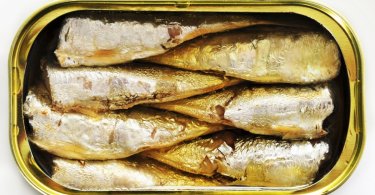The hummingbird, with a body no more than 7 cm long and weighing only 2 grams, is the smallest bird in the world.
The Flash Green Hummingbird, with a body of about 5.8 cm long and a slender bill and tail that take up 4 cm, is smaller than a gadfly and not as thick and thin as a bumblebee.
It has just over 900 feathers on its body, and the egg it lays weighs only 0.2 g, about the same as a pea grain, making it the smallest egg among birds.
The hummingbird's small size makes it difficult to preserve its skeleton as a fossil, and its evolutionary history remains a mystery.
While most hummingbirds now live in Central and South America, fossils of hummingbirds a million years old have been found in the same regions, suggesting that hummingbirds originated in the Pleistocene.
However, scientists have also found the world's oldest hummingbird fossil in southern Germany, which is more than 30 million years old. This finding suggests that the ancestors of hummingbirds first appeared in the Oligocene.
Male hummingbirds have the most distinctive tail of any flying bird, with only four feathers.
Two in the middle form a spike and two long feathers stick out on either side, ending in a small "fan" that beautifully inflates the neck.
In the area from Mexico to Argentina, the Flash Green Hummingbird, the smallest of the hummingbirds, has green feathers, and only the tail feathers are purple-blue.
Its beak is a thin needle, and its tongue is a thin thread. Its eyes are like two shiny black dots, and the feathers on its wings are so light and thin that they seem transparent.
Its feet are so short and small that they are not easily noticed. It rarely uses its feet, stopping only to spend the night.
It flies continuously and quickly, making a buzzing sound.
It flaps its wings so rapidly that it stays in the air not only intact in shape but appearing to hover motionlessly, like a helicopter.
Hummingbirds prefer flowering plants, especially red flowers, but also include small shrimp flowers, upside-down golden dollars (also known as hanging bell flowers), and fishing bell willow-like plants.
Hummingbirds feed on the nectar of these plants and are important pollinators, especially those with long, simple flowers. Most hummingbirds also feed on insects.
They linger motionlessly for a moment in front of a flower, then arrow their way to another flower, poking their long, thin tongue into their bosom and sucking nectar.
The average lifespan of a hummingbird is three to four years. In captivity, hummingbirds can live up to 10 years, while the lifespan of blue-breasted hummingbirds recorded in the wild is only 7 years.
Despite its small size, the hummingbird is an impressive bird with a fascinating history and unique characteristics.
Its ability to fly continuously and quickly while making a buzzing sound is a wonder of nature.
Hummingbirds play an essential role in pollination, making them crucial to maintaining ecological balance.
With their vibrant colors and beautiful movements, hummingbirds are a true marvel of the avian world.



